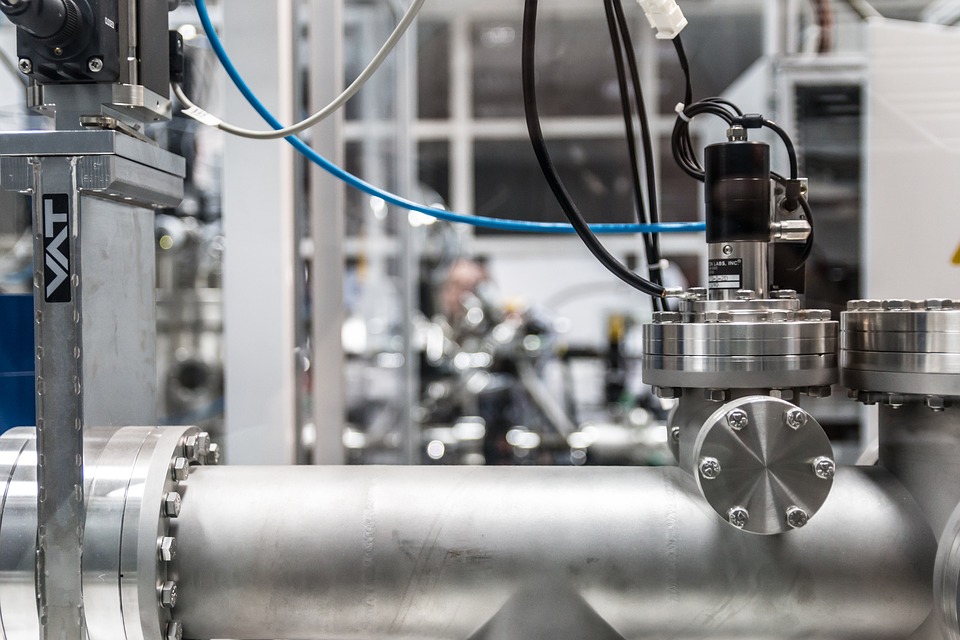It may come as a surprise to some but geckos are not, in fact sticky! Gecko’s can cling to glass and climb up walls, but geckos are not inherently adhesive. In fact, there are certain surfaces geckos can not cling to at all- mainly PTFE.
In this week’s blog post we will go over exactly how the gecko gets its Spiderman like abilities, and why exactly they can not seem to climb on PTFE.
A Sticky Situation
With certain types of geckos, their feet contain thousands of tiny, hair-like, hierarchical fibrils called setae, that end in even more, microscopic hair-like structures, so tiny they are not much larger than the wavelength of visible light.
These setae are also ultra-flexible, so when a gecko jumps to another surface, they are able to absorb an incredible amount of energy and redirect it, allowing the gecko to quickly cling from surface to surface.
There are two prevailing theories as to how this process works. One is known as van der Waals forces, or molecular attractions that operate over very small distances. The other, proposed by Yale research Hadi Izadi is that geckos use static electricity which allows them to cling to most surfaces.
Most surfaces except, it seems, Teflon.
Teflon – The Bane of Geckos?
Did you know that PTFE was engineering specifically to resist adhesion by van der Waals forces? PTFE is composed of carbon and fluorine atoms. Of all the elements known to date, fluorine has the highest electronegativity. This causes PTFE to repel other atoms that come near it. More specifically, it works against van der Waals forces.
Furthermore, the molecular structure of Teflon is such that the fluorine atoms surround the carbon atoms. It repels any atoms that try to come near the carbon atoms, giving PTFE its outstanding chemical inertness.
Researchers at the University of Akron, in an effort to further understand, and hopefully replicate, gecko stickability, decided to see what kind of surfaces geckos can cling to, and Teflon was one of the materials tested.
The answer?
Because of its ability to resist adhesion by van der Waals forces- geckos, who potentially use van der Waal forces to cling to other materials, cannot cling to dry PTFE surfaces.
In Conclusion
So, it would seem that the very mechanisms that prevent geckos from walking up dry PTFE provide its most attractive characteristics: extremely low friction and high chemical resistivity. So, when you are looking for a low-friction option for a bearing or seal, don’t forget the bane of gecko’s everywhere: PTFE.


